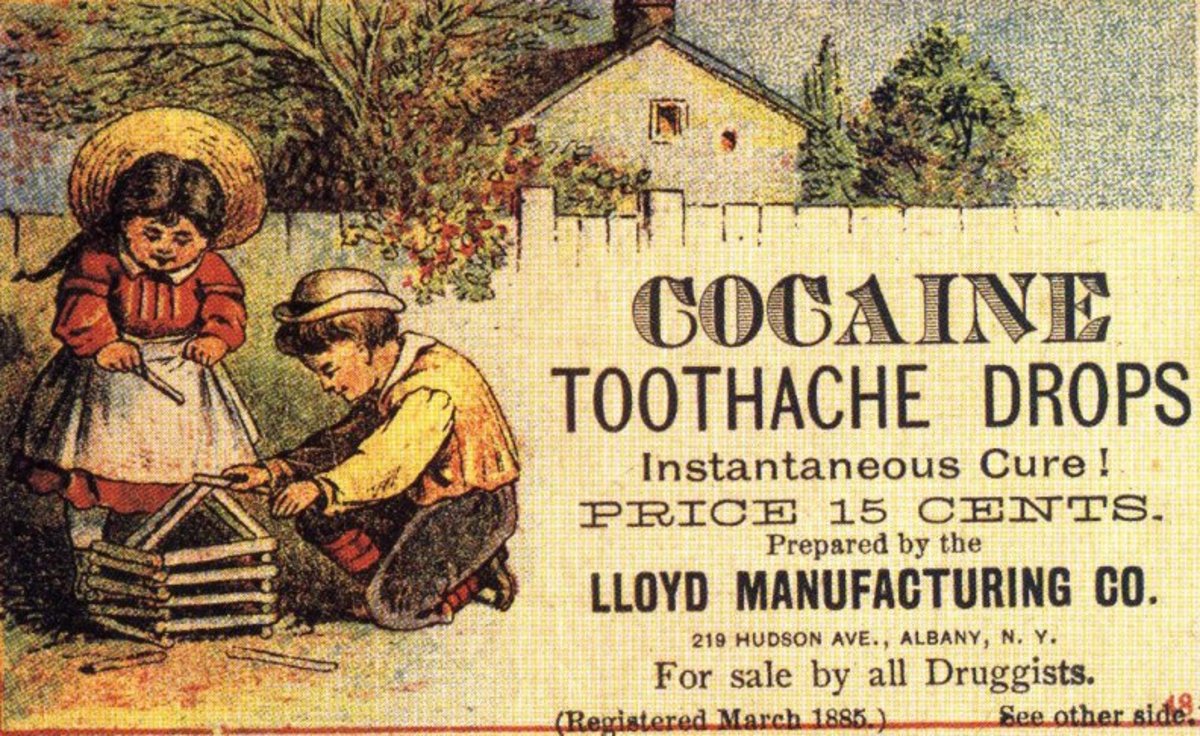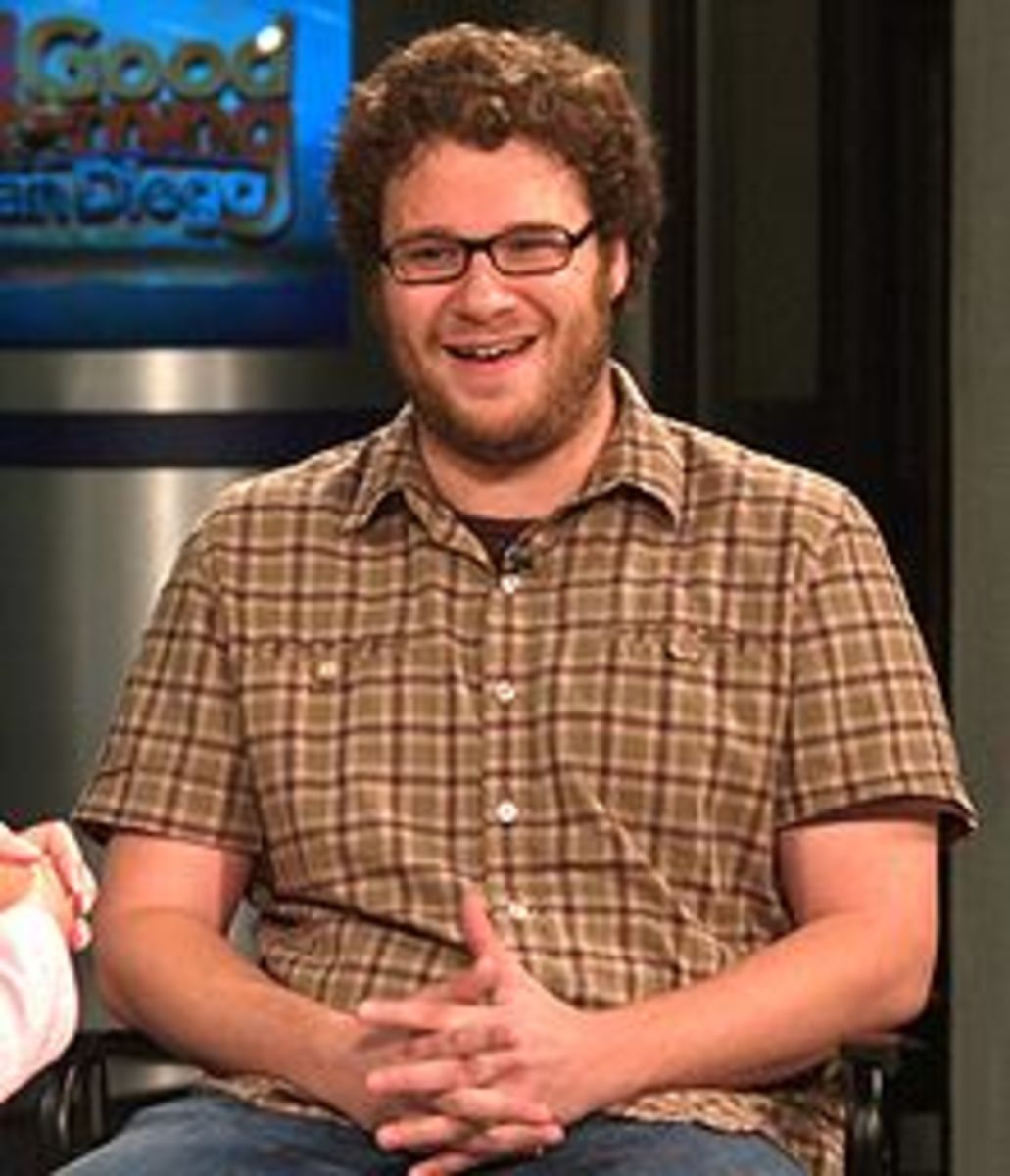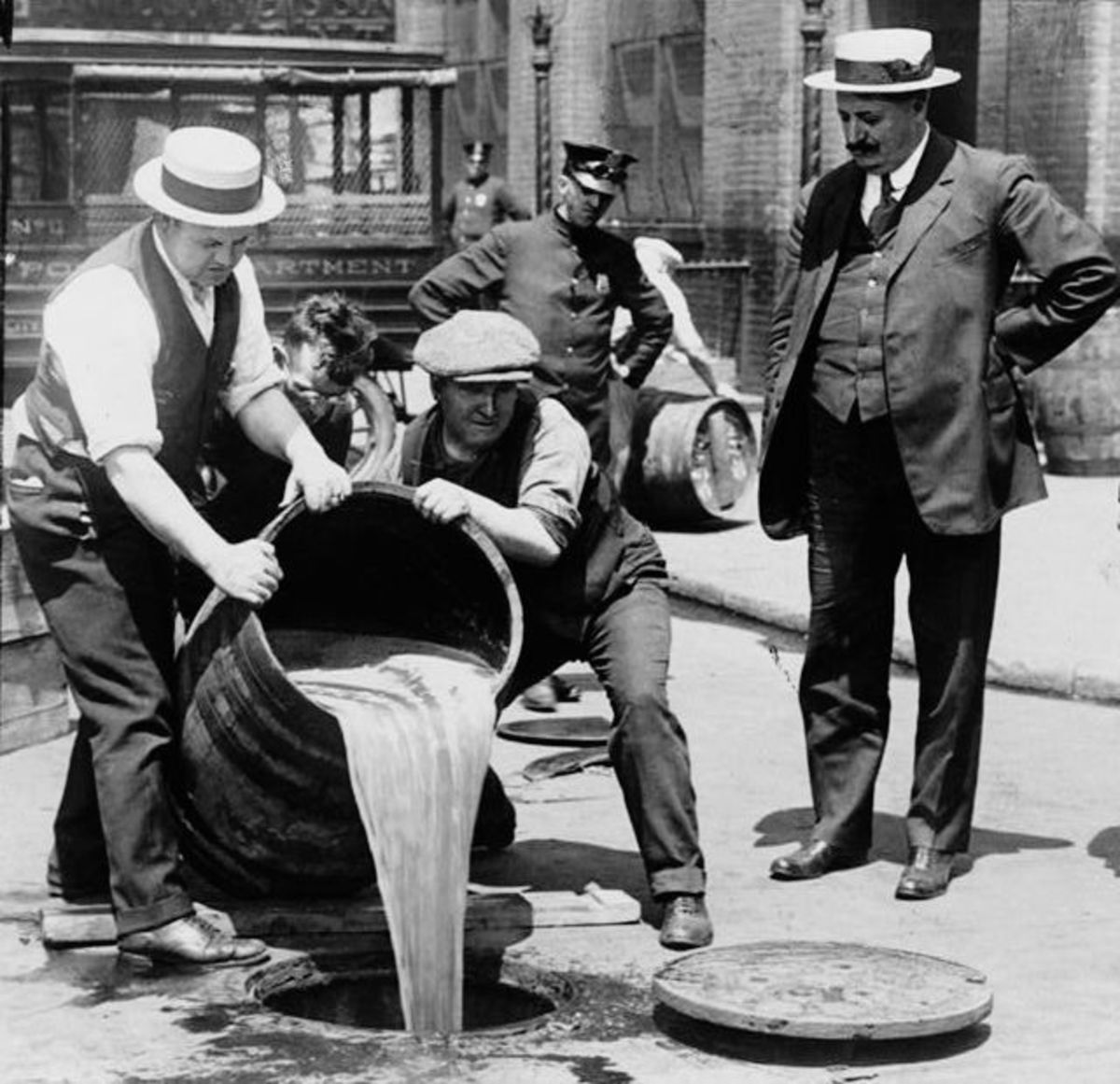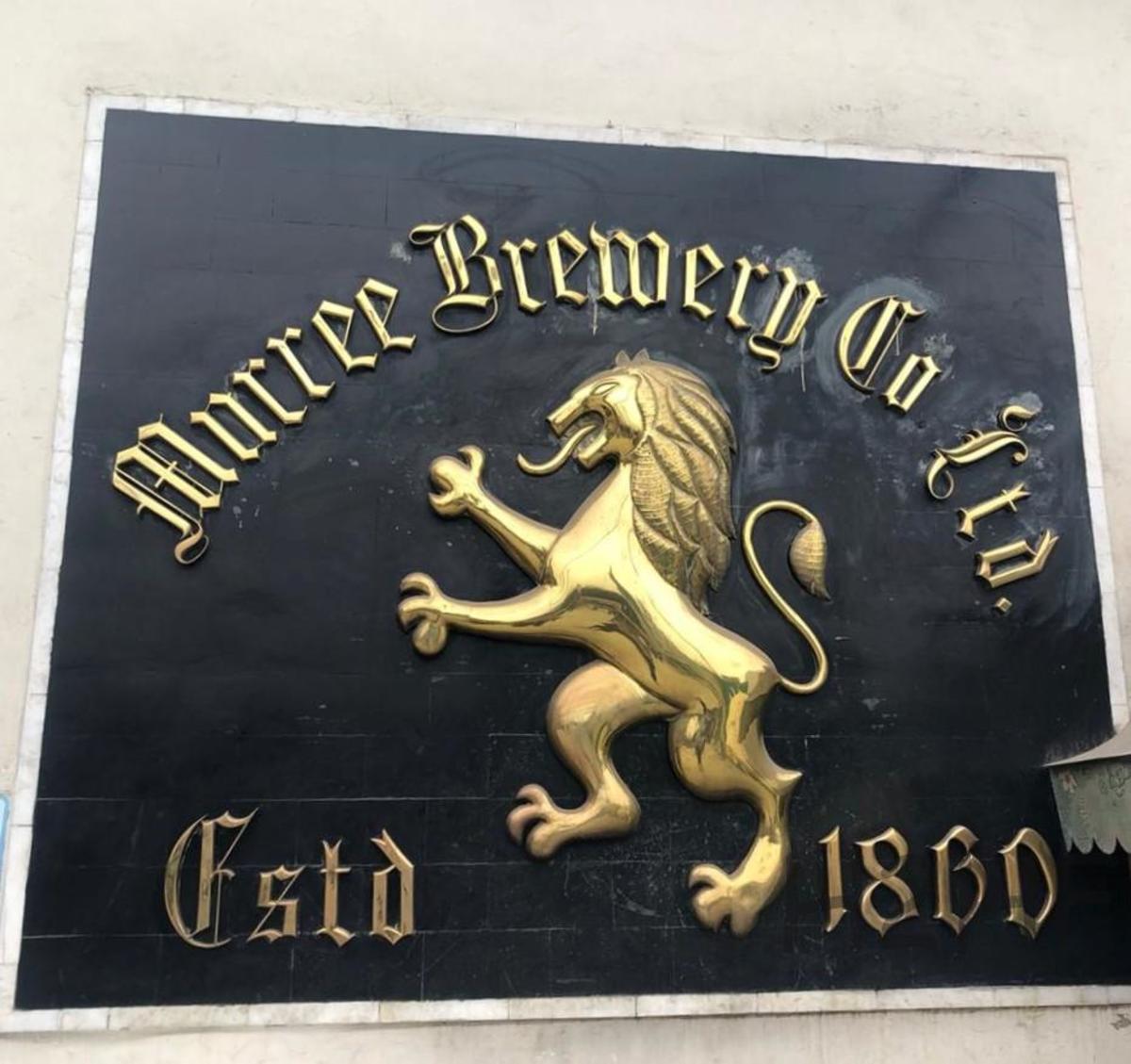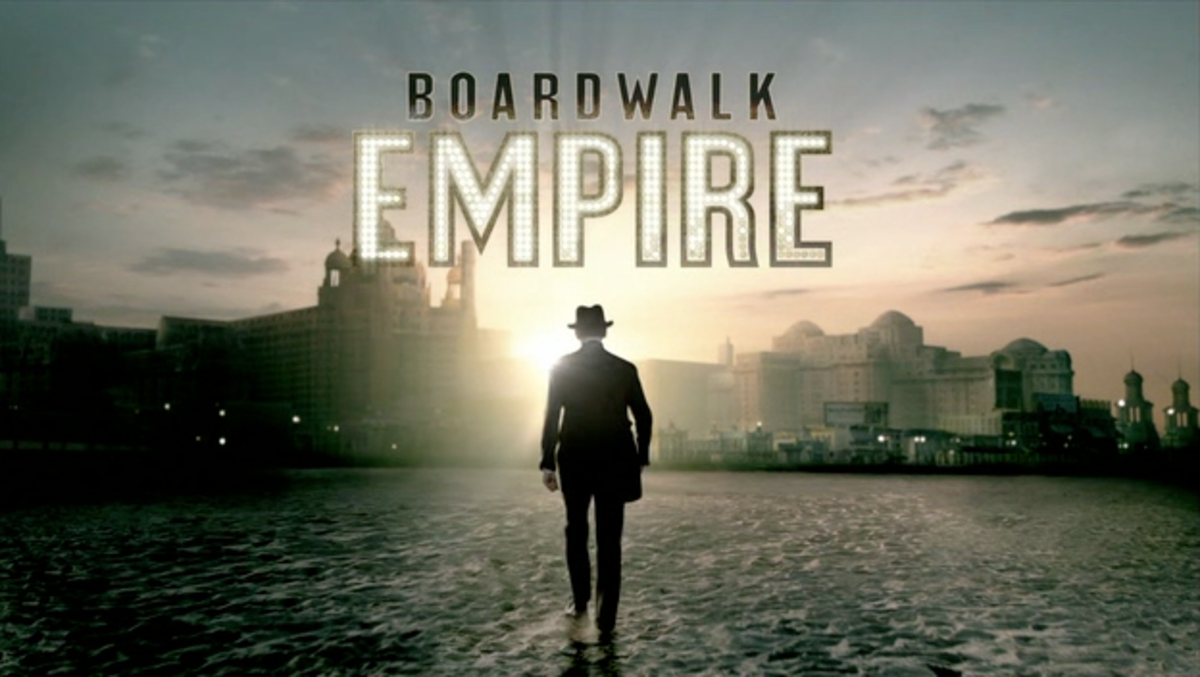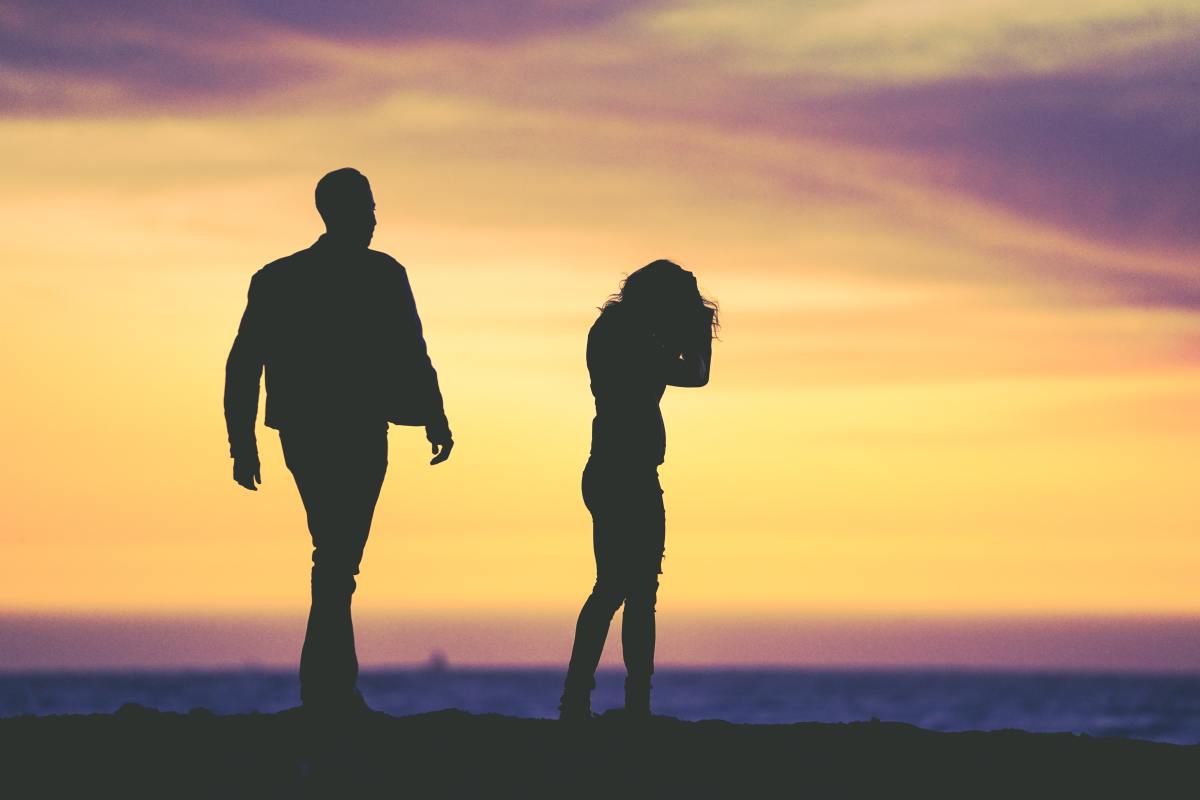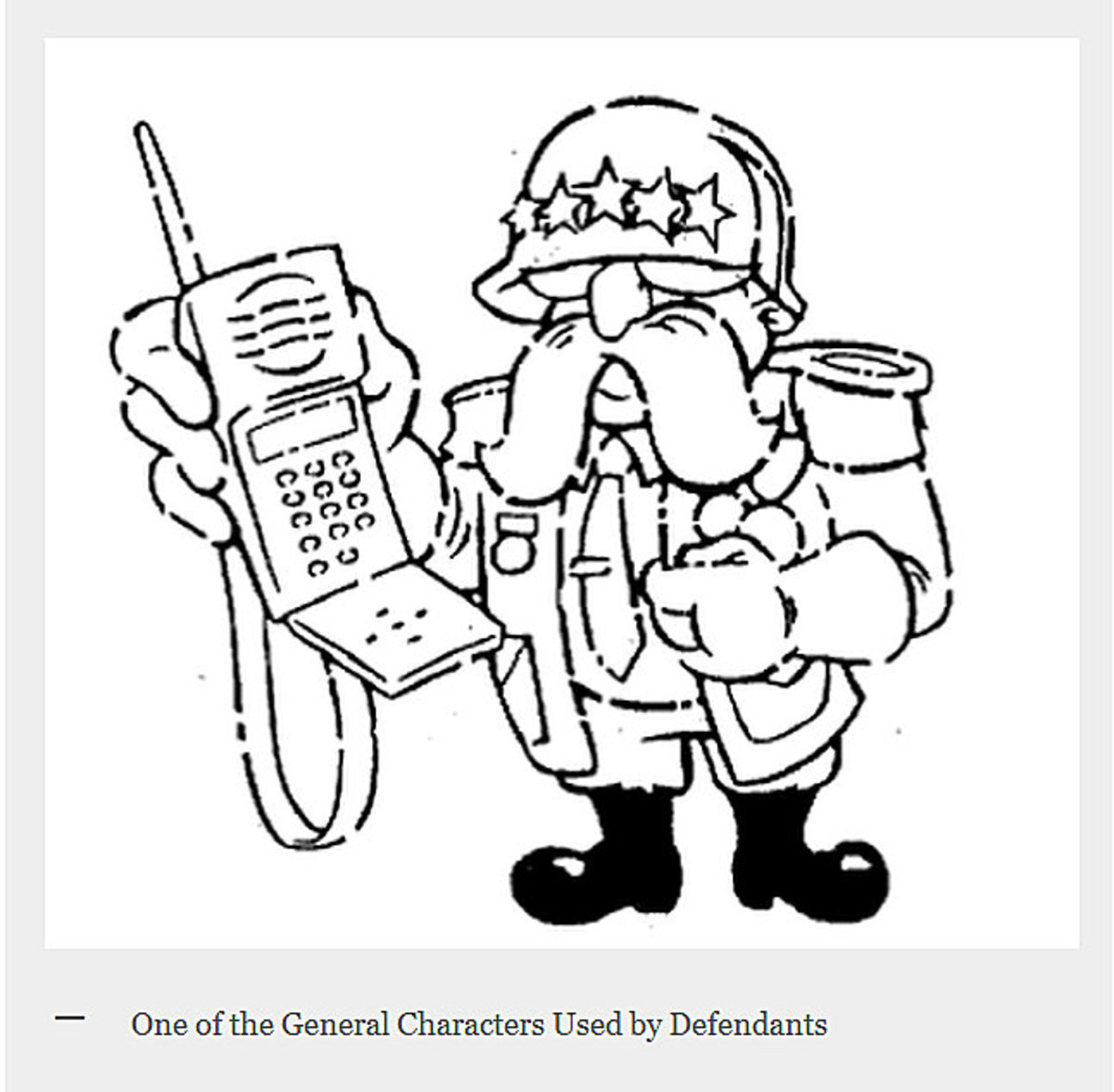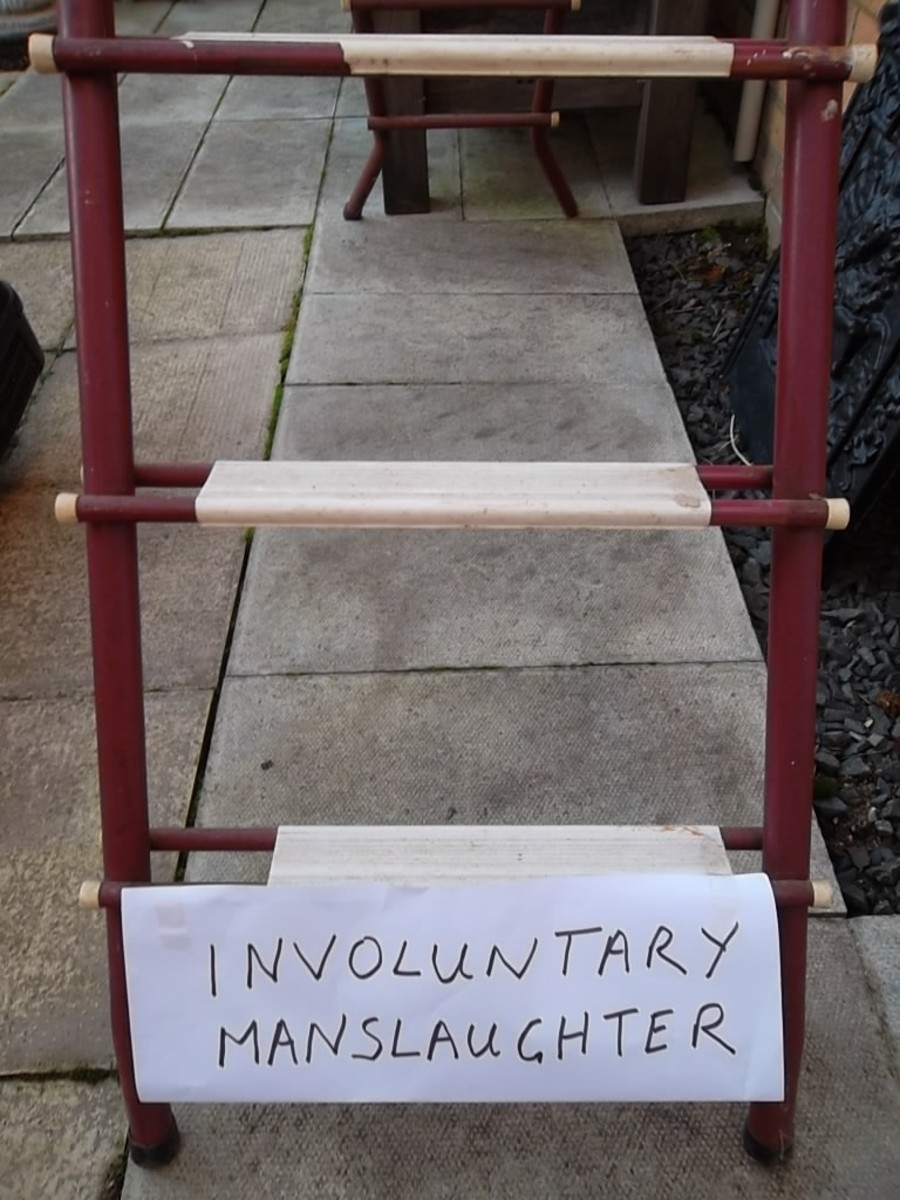Why Is Marijuana Not Legal? Prohibition of Alcohol and the Shady Approach to Marijuana Prohibition
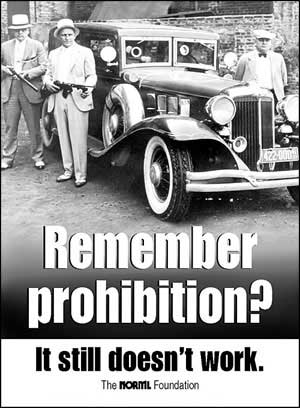
Throughout this time, the nation had also been coping with alcohol prohibition, which survived from 1919 to 1933. Prohibition was highly visible and argued at all levels, when drug regulations had been approved without having the general public’s approval. Nationwide, alcohol prohibition took hold through a process associated with a change to the constitution.
Preceding (1914), the Harrison Act was approved, which supplied federal government taxes and penalties for cocaine and opiates.
The governmental approach is significant. It had been deemed during the time that the government was without the constitutional power to outlaw alcoholic beverages or drugs. It because of this that alcohol prohibition required a constitutional alteration.
In those days, within our nation's history, the judiciary frequently inserted the 10th amendment within the path of congressional regulating “local” matters, and direct regulating health care practices was deemed outside of the congressional power realm underneath the commerce clause (subsequently, the two provisions have been destabilized in terms of to possess very little significance).
Because drugs couldn't be banned at the federal government level, the choice was created to implement government taxation as a means around the ban. In the Harrison Act, lawful uses of opiates and cocaine ended up being taxed (allegedly as a income need by the U.S. Government, which is the sole method it could last inside the process of law), and those that did not adhere to the rules discovered their selves in trouble with the treasury department.
In 1930, an alternative department within the Treasury Department was set up — the federal government Bureau of Narcotics — and Harry J. Anslinger was appointed as the director. This, perhaps, started the beginning of the all-out conflict in opposition to marijuana.

